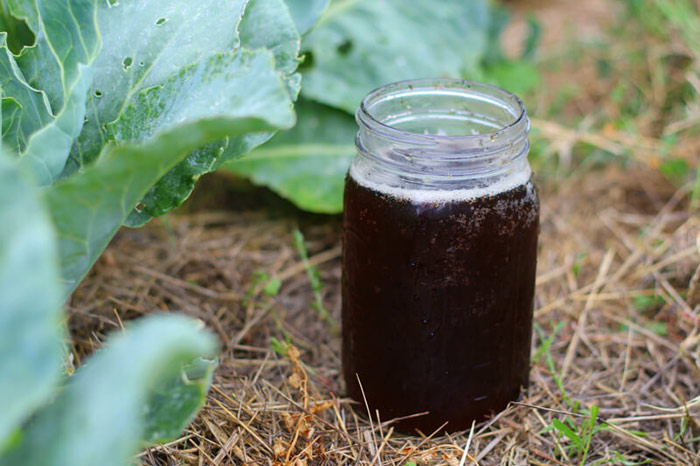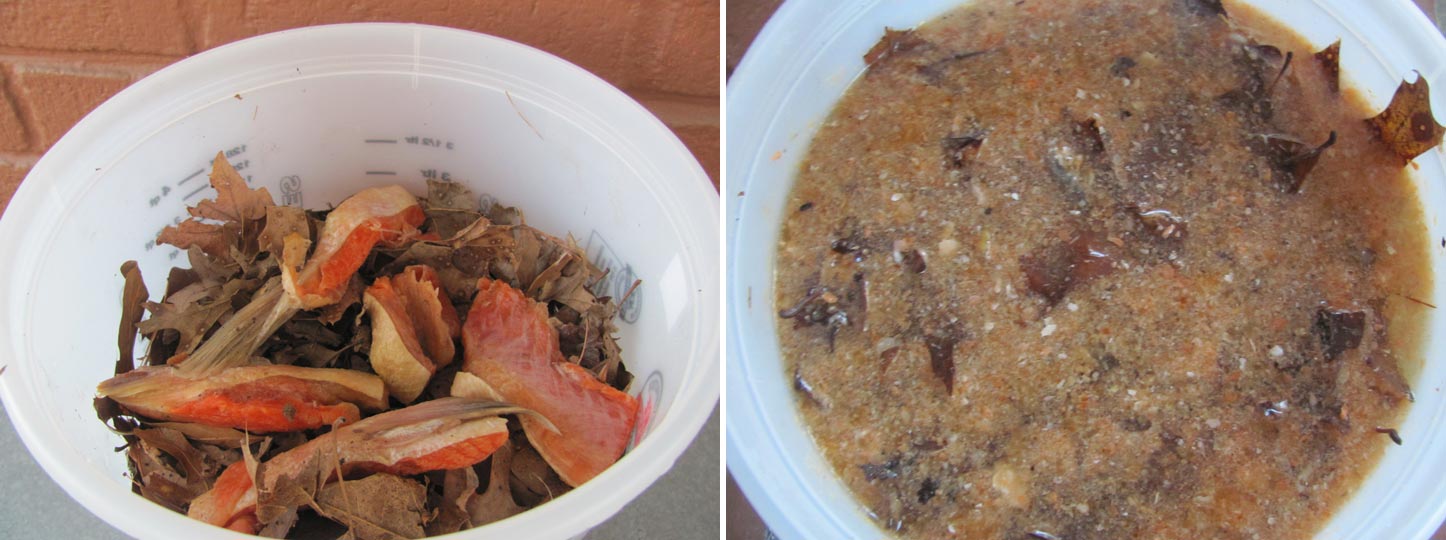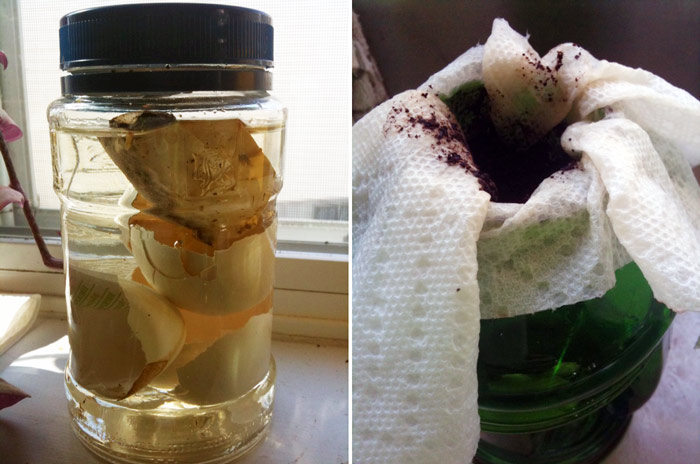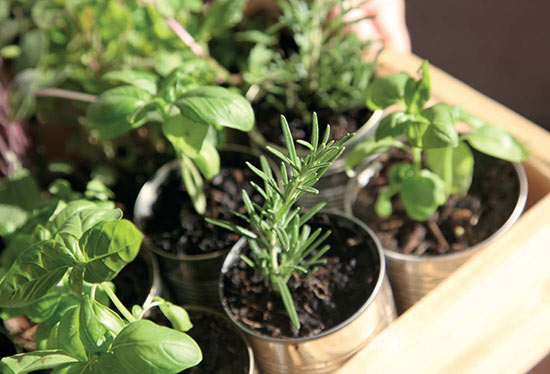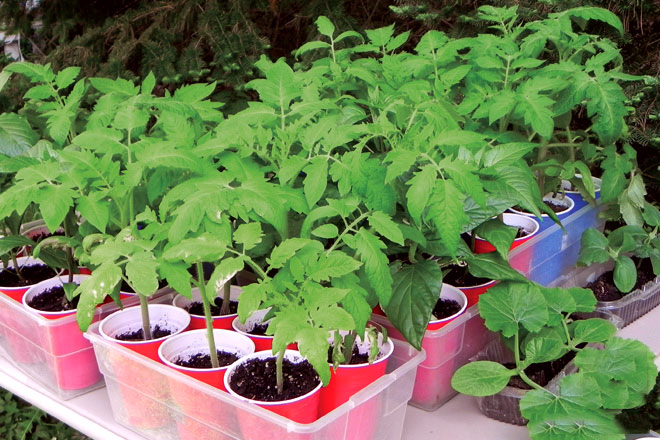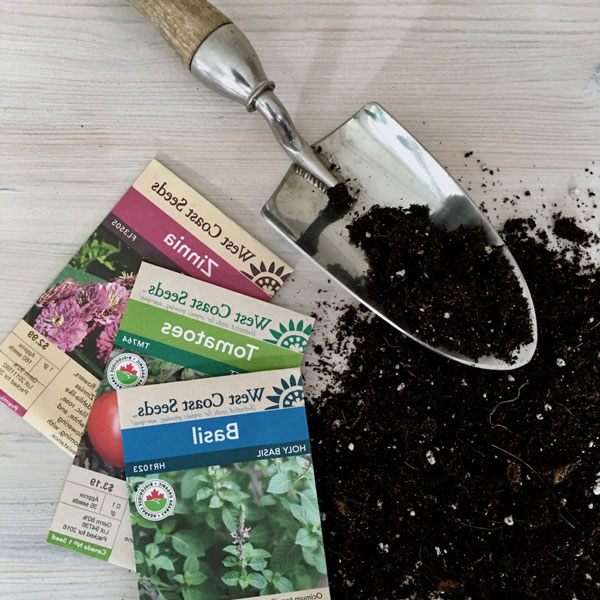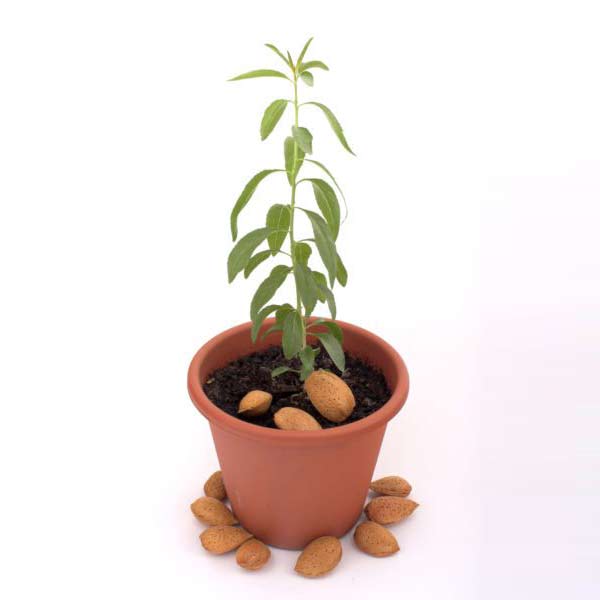The appearance of the first true leaves signals that seedlings have depleted the nutrients stored in the seeds. At this time, it’s important to start fertilizing your seedlings. Essential nutrients for plant growth are nitrogen, phosphorus, and potassium. These elements should be at the top of the ingredient list on the fertilizer label.
Today, we’ll focus on homemade fertilizers for seedlings, which are highly praised. I’ll start with fish emulsion.
Fish Emulsion for Seedlings
Fertilizers based on various fish parts are complete sources of nitrogen, phosphorus, potassium, microorganisms, and trace elements. Fish emulsion is one of the most popular organic fertilizers worldwide. Japanese farmers have been using yeast emulsions and fish meal for thousands of years. It can be bought in liquid form or powder, but making it yourself is better because fresh emulsion contains effective microorganisms and fungi that populate sterile peat mixtures. The nitrogen/phosphorus/potassium ratio varies, but it often indicates 4-1-1. The fertilizer has little odor after fermentation (I mention this so you don’t leave the page prematurely).
Simple fish emulsion recipe is based on fish meal. This product is made from whole fish or its by-products, dried and ground into a powder. Fish meal contains high amounts of nitrogen and phosphorus with slow release, making it a great garden fertilizer. For seedlings, a faster result is preferable. However, if you have fish meal, just sprinkle it around the seedlings once a week and water. The meal has a smell but is bearable and dissipates quickly.
A more interesting fish fertilizer for seedlings is a mixture based on fresh fish.
Fish fertilizer recipe:
- 1 part fish;
- 2 parts water;
- 1 packet of lactobacilli (optional but recommended). Any dry starter culture will do.
- 1/3 part sugar to the part of fish. For example, 100 grams of sugar for 300 grams of fish. Ideally, use molasses, which can be bought in fishing supply stores.
There are variations with the addition of Epsom salt (technical magnesium or bischofite), but it’s hard to find in small quantities. Sometimes grass, leaves, or sawdust are added to the bottom of the container, but they don’t ferment in time, and their exact role is unclear. Some believe they absorb excess nitrogen and reduce the smell.
Any fish can be used, including heads and entrails. However, it’s more pleasant to use small fish like anchovies rather than blend guts. Chop the fish to your preference—the finer, the faster it will reach the desired condition.
Add aged water and molasses (sugar). Why is molasses better? It contains the necessary bacteria and yeasts and provides additional mineralization. With molasses, the mixture ferments faster. Glucose from sugar or molasses is essential for bacterial growth, which will also process the fish.
Mix all ingredients and pour them into a container with a lid that’s not airtight (a bucket with a cover). Carbon dioxide will be released during fermentation.
The process takes about 3-4 weeks, depending on bacterial activity and temperature. Open the lid daily for the first seven days, then once a week. Stir the solution once a week. Room temperature and a dark place are sufficient for the reaction.
How to tell if the fertilizer is ready? The smell should almost completely disappear, leaving a light vinegar aroma from the yeast activity. This is how you get a cheap and effective fish hydrolysate that surpasses commercial samples in usefulness.
Pour the hydrolysate into an appropriately sized container. It should be strained, but most of it will dissolve. Close the lid but not tightly until all bubbles are out. Store the fertilizer in the refrigerator.
How to use it?
You have concentrated fish fertilizer that needs to be diluted with water before use: 150 ml per 4 liters of water; 1 tablespoon per liter. For the first feeding of seedlings, a more diluted solution can be used.
Compost Tea (Worm Tea) for Fertilizing Seedlings
The main task of compost tea is to introduce the right microorganisms into the mix, which help the plant absorb nutrients through the roots. If the compost microbiome establishes itself, there will be no space for pathogenic bacteria and fungi in the soil ecosystem.
Several main benefits of using worm tea for seedlings:
- Strengthens the seedlings’ immune system.
- Bacteria produce oxygen during their activity, aiding soil aeration.
- Enhances root growth in seedlings.
- Speeds up the decomposition of dead organic matter.
Compost tea recipe:
- 1 cup of vermicompost;
- 3.5 liters of dechlorinated water;
- 1 tablespoon of molasses (or sugar).
The solution should steep for about a day. Before use, stir it and apply undiluted once a week as watering. Don’t prepare large quantities in advance; make a fresh batch a day before use.
Eggshell and Coffee Grounds Compost Tea
A great idea for feeding any plants, not just seedlings. It’s like an energy drink for greens, but with a caveat—coffee acidifies the soil, which some plants don’t like. To balance the acidity, add a pinch of lime per liter of tea.
Gradually fill a liter jar with fresh eggshells and used coffee grounds, adding water as you go. Shake the jar occasionally but don’t seal it tightly. Let the leaching process occur in a dark place at room temperature. Once the jar is full, let it ferment for about 5 days, then strain and dilute 1:1. Use this tea for regular watering.
By the way, compost made from kitchen scraps is just as nutritious as manure and contains fewer harmful bacteria.
Previously, I published several good recipes for homemade fertilizers from banana peels , eggshells , and yeast .
Rules for Applying Seedling Fertilizers
Soil temperature is crucial when applying fertilizers. Cool soil reduces nutrient availability for plants. Soil microbial activity significantly decreases in garden soil. Even liquid fertilizers are poorly absorbed in cool soil. Apply fertilizers at room temperature or slightly warmer.
Watering dry soil with fertilizer is not recommended. The soil should be slightly moist before feeding to reduce the risk of root burn.
Frequent applications of weak solutions are preferable to rare, concentrated doses. Even with homemade organic fertilizers, start with a diluted solution and increase the dose as the plants grow.
Why Homemade Fertilizers Are Better?
Overall, I’m 100% in favor of good commercial mineral fertilizers where everything is calculated, and you know exactly the ratio of active components, unlike homemade mixes. However, if you use sterile mixes, they need to be populated with aerobic bacteria and yeasts. Without soil microorganisms, plants don’t get essential nitrogen and can’t absorb phosphorus and potassium. I covered this in detail in a critical article about EM preparations . Yes, you can buy everything, but fresh solutions for seedlings will be more beneficial.
